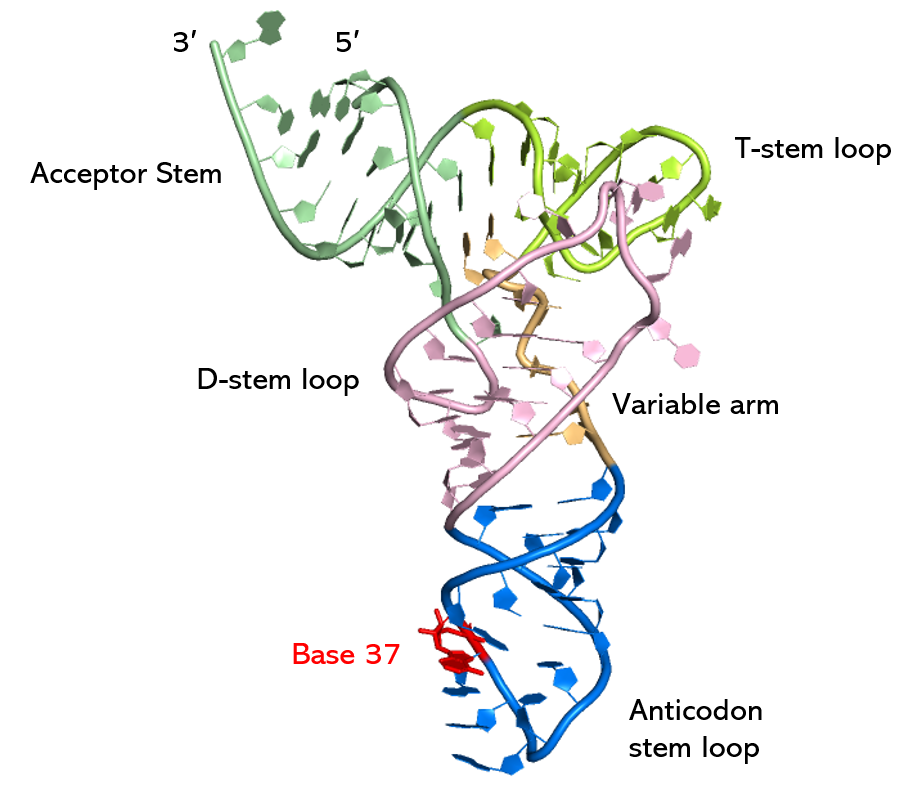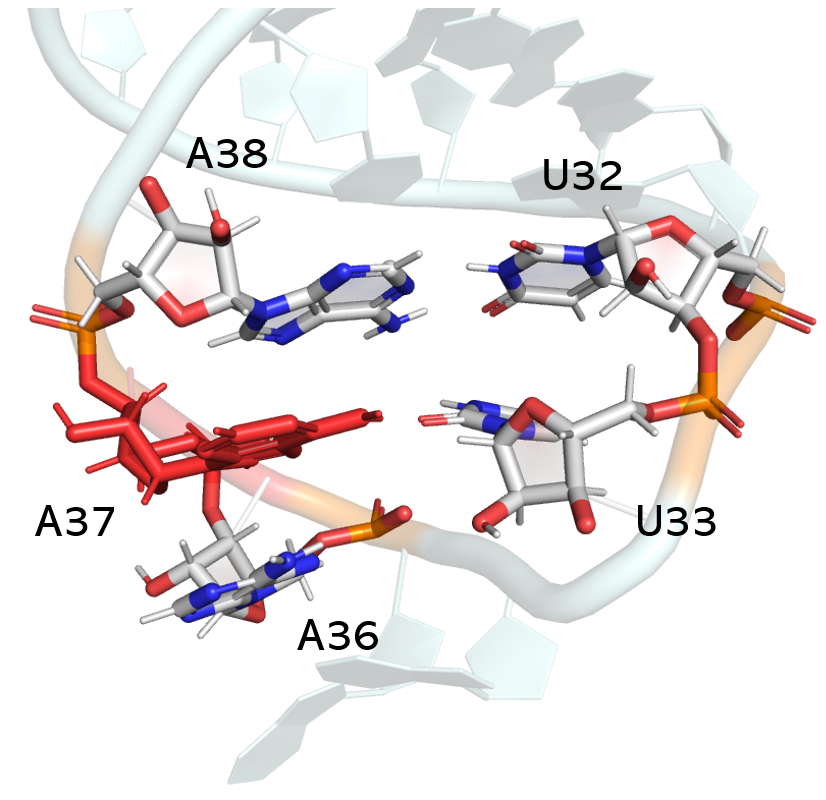
Mark Lea’s interest in scientific research started before he began his studies at the University of Lethbridge. The second-year chemistry student started his research journey in high school, joining the International Genetically Engineered Machine (iGEM) competition as a way to gain firsthand experience in science. Through his experience in iGEM, Mark says it was a great way to learn the fundamentals of scientific research and gain hands-on experience with developing genetically engineered biological systems. This interest evolved into a deeper curiosity to understand how biochemical interactions take place at the molecular level, leading Mark to focus on the chemistry side of biochemistry and join Dr. Stacey Wetmore’s Computational Lab.
Marks says working in the Wetmore Lab is an ideal match for him, as he focuses on studying the structural dynamics of transfer RNA (tRNA) through computational simulations. He is continuing this work over the summer with an NSERC Undergraduate Student Research Award.
His research focuses on the adapter molecule tRNA and the chemical modifications that take place in the anticodon stem-loop (ASL). tRNA is a crucial molecule for the synthesis of proteins in biological organisms, and the anticodon region of the molecule works to bind itself to the codon of messenger RNA (mRNA). This recognition results in elongation of the amino acid chain that makes up the protein in a process known as “translation”. tRNA modifications at the ASL have been shown to enhance this process via stabilizing interactions at the mRNA–tRNA interface. Mark is specifically looking at the structural impacts of covalent modifications occurring in the ASL region of tRNA to gain insight into their regulatory roles in cellular processes.
Mark says his experience in the Wetmore lab has been instrumental in developing critical thinking skills and understanding the goals of scientific research.
Due to the complexity of biological systems, all of the key elements of chemical reactions are usually accounted for. Hence, research in this area incorporates many different important concepts taught in my courses. I am able to visualize and calculate from models based on real-life phenomena observed in biological organisms.
Through his work this summer, Mark is gaining a more detailed understanding of the behaviors of the tRNA molecule, and how these behaviors are fine-tuned by different post-transcriptional modifications within the ASL.

“Even though I am not studying biomacromolecules other than tRNA directly, having an understanding of the relationship between molecular structure and function will help to prepare me for my future studies.”
Mark recommends students who are interested in doing research to think about what interests them and go for it.
I’ve felt that my dedication to a project is directly tied to how much it interests me. Always seek help from others, they will think of things that you would never even consider. Try not to be too intimidated by people, and always remember that you are doing your best.